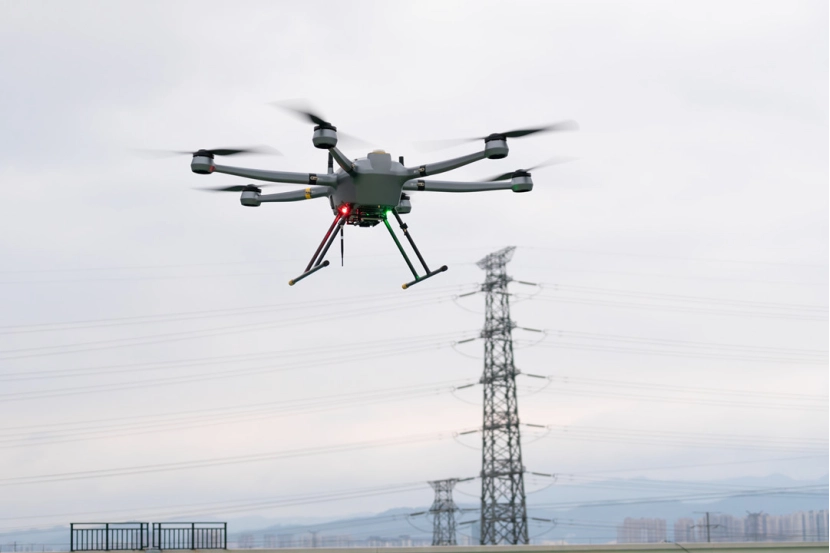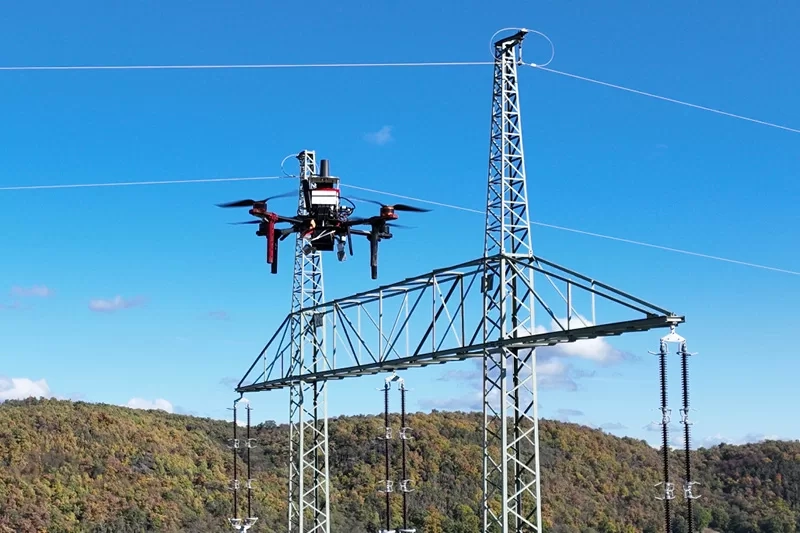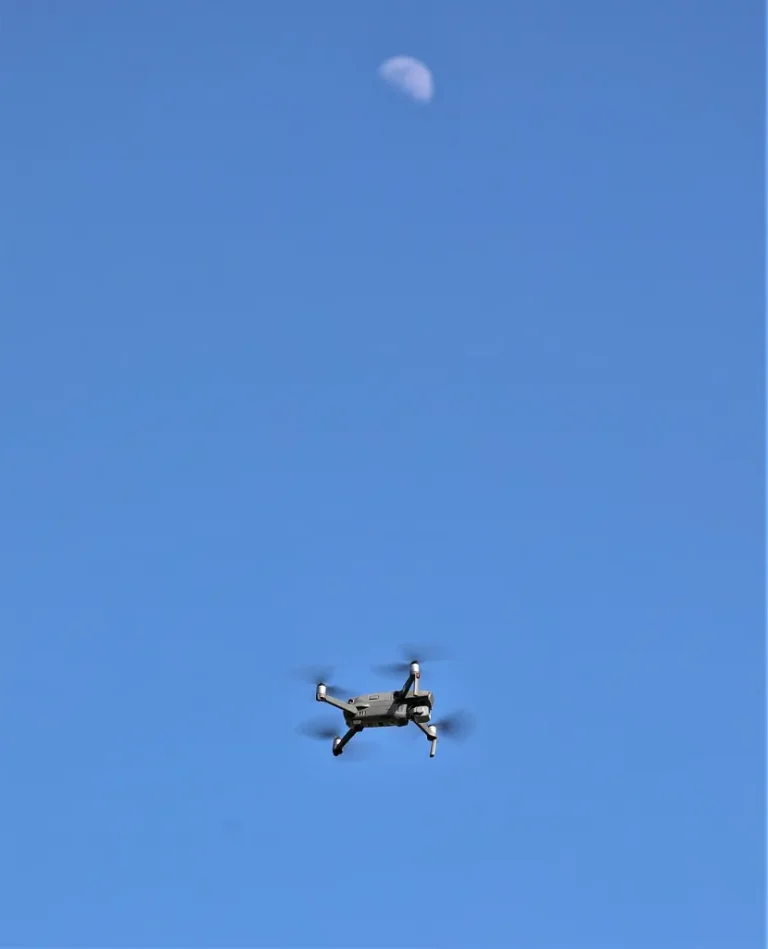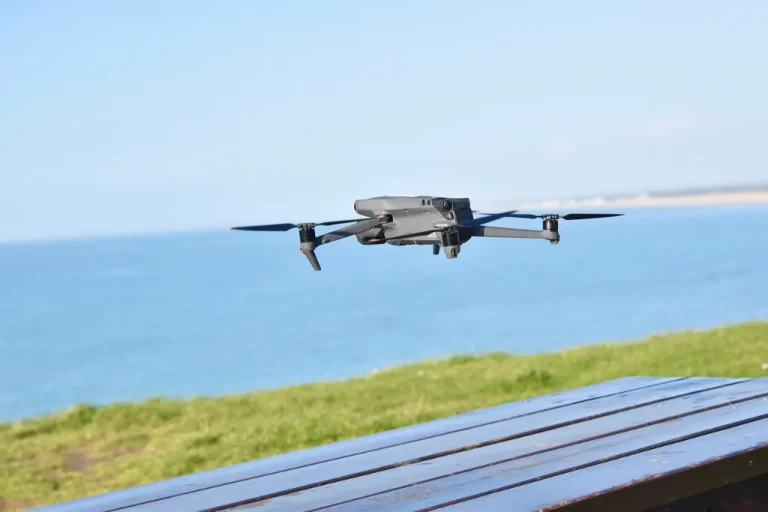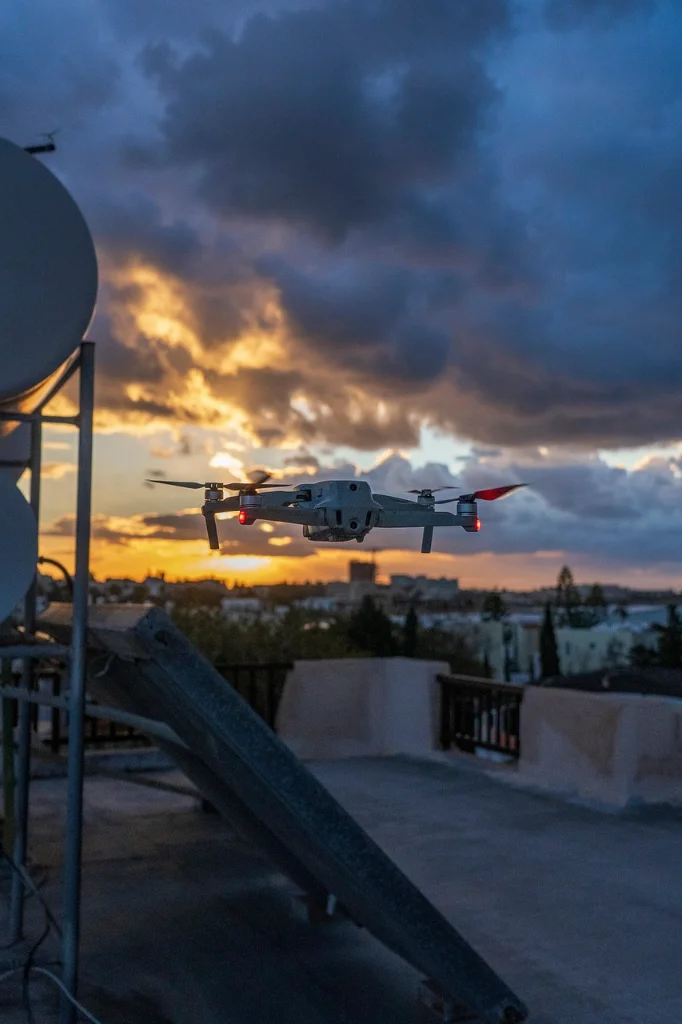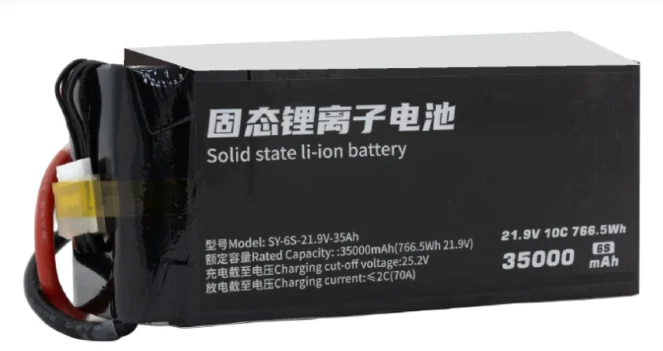Drones Are Taking Over the Electric Power Game
What’s Hot in Drone Tech for Power Companies?
Man, the electric power world’s getting a serious tech glow-up, and drones are stealing the show. These little flyers are packing some serious gear now—think AI-powered cameras, thermal sensors, and LiDAR that can map out a power grid like nobody’s business. They’re not just buzzing around for fun; they’re spotting faults, keeping tabs on equipment, and making utility folks’ lives way easier. Need to check a sketchy power line? Drones with fancy imaging are on it, catching tiny issues before they turn into blackouts.
Plus, real-time data streaming is a game-changer. Picture this: a drone’s out in the middle of nowhere, sending live footage straight to the control room. Boom—instant decisions, no waiting around. This stuff’s turning drones from occasional helpers into must-have tools for keeping the grid humming.
Rules and Hype Are Fueling the Drone Boom
Governments are finally catching up to how awesome drones are for stuff like power lines and substations. Places like the U.S. are loosening up on rules. That’s huge—it means drones can cover way more ground without someone babysitting them.
Power companies are all in, too. They’re buying up drone fleets like they’re the latest iPhone and training their crews to fly ‘em like pros. Why? Because case studies are screaming “cost savings” and “fewer accidents.” It’s like the whole industry’s saying, “Why didn’t we do this sooner?”
How Drones Are Making Infrastructure Checks Less Scary
Keeping Workers Out of Danger Zones
Back in the day, checking high-voltage lines meant sending some poor soul up a tower or into a helicopter—talk about a risky gig! Now, drones are like, “Hold my battery.” They zip right up to live wires, snap crystal-clear pics, and spot wear or damage without anyone breaking a sweat (or a neck). This means more inspections, better coverage, and way fewer chances for someone to get zapped. Plus, it keeps the safety police happy.
Substations? Drones Got This
Substations are like the nerve centers of the power grid—super complex and a pain to check by hand. Drones with zoom lenses and infrared sensors swoop in, scan everything in minutes, and don’t mess with operations. They catch stuff like oil leaks or overheating gear that humans might miss. It’s faster, cheaper, and way more accurate than sending a crew out.
Real-Time Data That’s Actually Useful
Here’s where drones get extra cool. They don’t just take pretty pictures—they beam live video or crunched data straight to engineers chilling in a control room. Pair that with cloud analytics, and you’ve got a crystal ball for spotting issues, comparing past inspections, or pinpointing faults in a snap. Less downtime, fewer headaches.
Stepping Up Preventive Maintenance Like a Boss
Thermal Cameras Sniffing Out Trouble
Thermal imaging on drones is like giving them heat-vision superpowers. They fly along power lines, spotting hot spots that scream “fix me before I blow!” Overheated connectors or funky conductors? Drones catch ‘em early, saving utilities from costly outages. It’s like having a fire alarm for your grid.
Catching Cracks and Rust Before They Wreck Stuff
High-res cameras on drones are like eagle eyes for spotting rust on towers or cracks in insulators—stuff that’ll tank your system if you ignore it. Regular drone flybys mean you catch these gremlins early, so maintenance crews can swoop in before things go south. No more “whoops, the whole town’s dark” moments.
Predicting Problems Like a Fortune Teller
With drones feeding data into AI and machine learning, utilities can play psychic. These systems crunch real-time and historical data to guess when gear’s gonna wear out. It’s like knowing exactly when to change your car’s oil, but for billion-dollar power grids. Schedule maintenance smarter, keep the lights on, and save some cash.
Why Battery Power Is the Heart of Drone Missions
Battery Life: The Make-or-Break Factor
Let’s talk batteries, because they’re the unsung heroes here. Weak batteries mean short flights, which is a total bummer when you’re scoping out miles of remote power lines. Worse, if the juice runs out mid-mission, especially in BVLOS ops, your drone’s toast—no one’s nearby to grab it. Long story short: better batteries, better missions, fewer crashes.
High-Energy Density Batteries Are the Real MVPs
Batteries with high energy density—like 270Wh/kg, 320Wh/kg, or even 340Wh/kg—are changing the game. They let drones fly longer without packing on extra weight, which is key for covering huge transmission networks. Take Shengya’s SY-6S-21.6V-39Ah battery: it’s got 306Wh/kg and can handle 1000 cycles at 0.5C/0.5C, even with full discharge. That’s perfect for long patrols without dragging the drone down.
Custom Batteries for Whatever Mother Nature Throws
Power companies operate in all kinds of crazy places—think snowy mountains or humid coasts. Batteries need to handle that. Shengya Electronics lets you customize packs with stuff like XT90S-F or AS150-F connectors, beefy discharge wires (10# or 8# AWG), or even your logo slapped on there. It’s like getting a tailor-made suit for your drone, built to tackle any environment.
What’s Next for Drones in the Power Biz?
AI and IoT: Making Grids Smarter Than Ever
Picture drones teaming up with AI and IoT to create a super-smart grid. These brainy UAVs could read sensor data from lines or substations, sync it with digital twins in the cloud, and spit out real-time insights. It’s like giving the grid a genius assistant that never sleeps, making everything run smoother.
Autonomous Drones Running the Show
Self-charging drones chilling at docking stations could soon be the norm, flying daily patrols without humans lifting a finger. They’d only ping you if something’s fishy, like a busted insulator. It’s like having a tireless watchman for your grid, cutting down on surprise failures or sneaky sabotage.
Going Green with Drones
Drones aren’t just efficient—they’re eco-warriors. Swapping gas-guzzling helicopters or trucks for electric UAVs slashes emissions big time. Plus, batteries like Shengya’s are designed to be safe—some can even take a puncture without catching fire. That’s a win for the planet and for keeping hazardous waste in check.
Frequently Asked Questions (FAQs)
1. Why are drones such a big deal for power companies?
They make inspecting stuff like power lines or substations way safer and faster, using slick tech like thermal cameras or LiDAR to catch problems early.
2. How do high-energy density batteries help drones?
They let drones fly longer without getting heavy, so you can cover more ground on one charge—super handy for big utility jobs.
3. Can you tweak drone batteries for weird environments?
Totally! Shengya Electronics can customize batteries for stuff like freezing temps or high altitudes, with options for connectors, wire sizes, or even branding.
4. Are drones kicking human crews to the curb?
Not quite—they handle routine checks like champs, but you still need humans for the tricky repair stuff. It’s a team effort.
Want to juice up your drone fleet with power solutions built for the electric sector? Hit up Taixing Shengya Electronic Technology Co., Ltd.’s Customization Service today.

